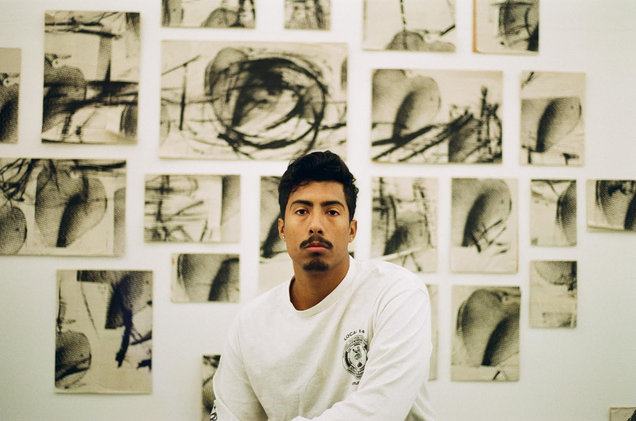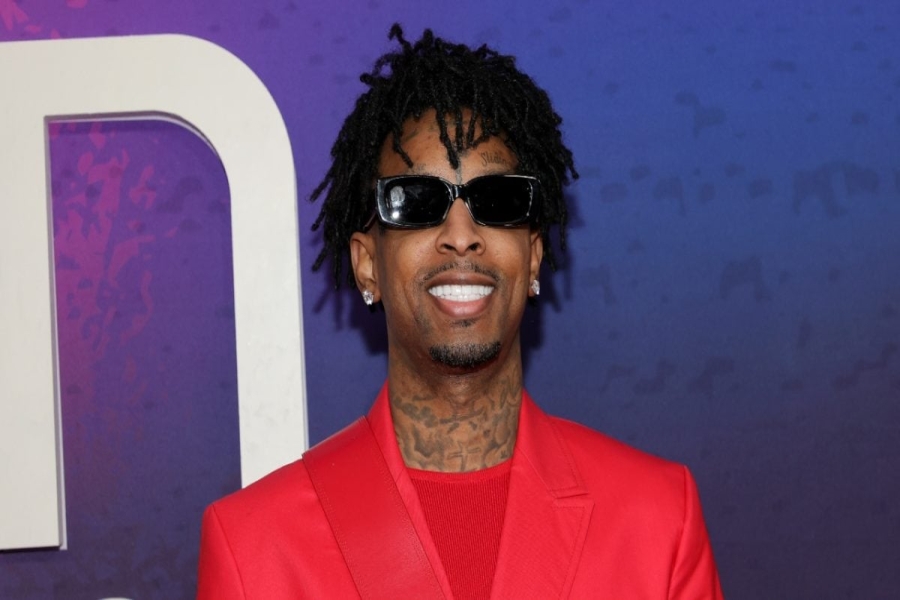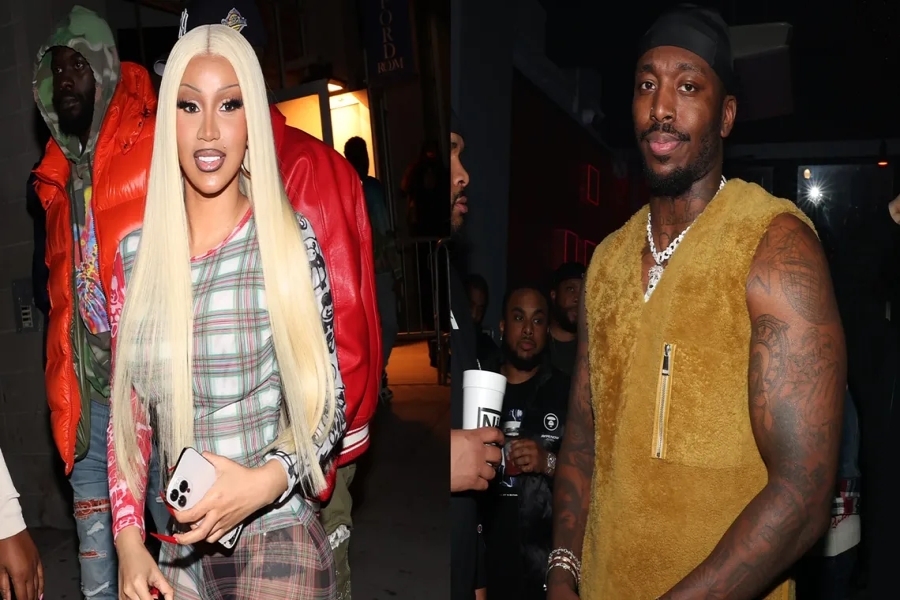Playboy is no stranger to controversy, but street artist Brandon Isralsky is taking the magazine's penchant for taboo to another level: one much more thoughtful, more artistic, and, consequently, decidedly more woke than ever before. Using old issues of the magazine from the 1960s that he found throughout New York City, the artist seeks to re-appropriate them for his own creative purposes, giving the archival images new life in 2K17, and contributing to conversations surrounding masculinity, gender roles, and femininity as discussed in present day.
It’s a study on now versus then and how we can visually combine and compare the two, but it’s also Isralsky’s chance to put his two cents into a conversation that’s been growing—and evolving—by the day. Titled “Bacchus”, Isralsky’s show opens tomorrow at The Storefront Project in Manhattan, features 60 installations, and is on view until August 6. Check some of his artwork in the slideshow above, an exclusive interview with Milk.xyz below, and tomorrow, at the actual exhibit (believe me: you don’t wanna miss this).

I’m sure you’re crazy busy just getting ready for the show and everything.
Yeah, the show is July 20, and I’m working at this advertising place now, it’s my first official office job…
How’s that going?
It’s alright, my soul is still intact [Laughs]. So amongst that, I’m doing this show in July 20, and then I’m going to Paris to do another show. So right now it’s just using all my vacation days for other work stuff.
So you’re taking the same show to Paris?
So yeah, I’ve been planning on taking the show to Paris for like about a year, and we’re gonna do the show in the first district, we rented out a space, everything’s going along, it’s just basically nitpicking food vendors and stuff like that right now. But yeah, the show here in July 20, so we’re just trying to figure out what I’m showing and stuff like that before then.
I know that it’s about reconstructing masculinity in 2017, but since that’s so broad, could you elaborate on that a little bit?
Yeah, sure, so let me step back a little bit. I went to School of Visual Arts for about six years of my life, and just graduated two years ago with my Master’s, and my thesis was really about—so again, I’m a person of color, I’m Afro-Peruvian and Polish, but really, I’m dark-skinned, Spanish Latino, black—working on the same preface as the artist Nate Hill, he kind of did this crazy project where he had white women and he used to wear them as scarves, as I guess trophy-esque objects. You know with that standard of white femininity, it’s always high standards—you have to be light-skinned, you have to have straight hair, that’s the number one trophy in everyone’s idea of beauty. And especially for men, how we look, how we treat even girls with dark skin as secondary lovers or something like that. So, working on those ideas. I’m an appropriation artist, so I’m thinking like, “What is the best subject matter I can get that’s still pre-PC?” So I immediately thought: Playboy. The majority of these are from the 1960s. So, all the work that I’ve been concentrating on is all by Playboy from that era, and I re-appropriate it with my style. On Playboy there wasn’t a lot of people of color in it, it was usually some white girl, in a swimsuit, with some man next to her dominating. So in my art the female is considered like a goddess, you know, and men are like scum. I could go on and on about this, but, it’s along those lines.

Where did you find all the Playboy ads that you used for the exhibit?
Well, it’s funny, for almost six years now I’ve been doing street art around New York City, that’s how I’ve been getting these shows, so I’ve been pasting this one image around NYC for five or six years, and it was funny because I was out and just kicked a box, and the box had all these Playboy issues in it, all from the 60s. So I was like, “Oh, this is fucking amazing. Alright dude, you gotta carry this shit back.” And from there, I just started working with these old images, and the magazines, you know the print quality isn’t great, but it’s beautiful when you scan them in. And then again, just living in Bushwick, there’s always vintage shops or guys on the corner selling Playboys, so I started buying them and re-appropriating them. So I was banging out like five pieces of art each week. And then from there, my friend, a connect in Europe, he got me my show in Antwerp, and I did my first European show in Antwerp, and showed these pieces for the first time over there for a week.
So I’m curious, with the conversation right now around feminism really coming into the mainstream, how do you feel like your art is contributing to that?
Well, I think my role…well, for example, with young white people wearing cornrows and street clothes and appropriating black culture, they don’t know anything about the culture, and they have to know it’s wrong. It’s usually white girls who will wear this stuff but don’t have the full understanding of the culture. It’s harmful. That’s what I’m trying to portray, but again, using sourced images from the 1960s, where it’s hyper and there’s no political correctness in it.
And how many pieces of work will be on display?
About 100.
Wow.
Yeah. I have a lot of strong females in my life—like my mom is my best friend. [Laughs] Did you ever watch the Louis CK standup that he did recently?
Yeah, the Netflix special?
Yeah, my favorite line from that is, “Men, we only have intention, we’re just like, ‘I want this, so I’m going to get it.’ Women are so much more complex.” Sometimes I have to think about that. That’s where I’m coming from
This article was originally published on Milk.xyz.








